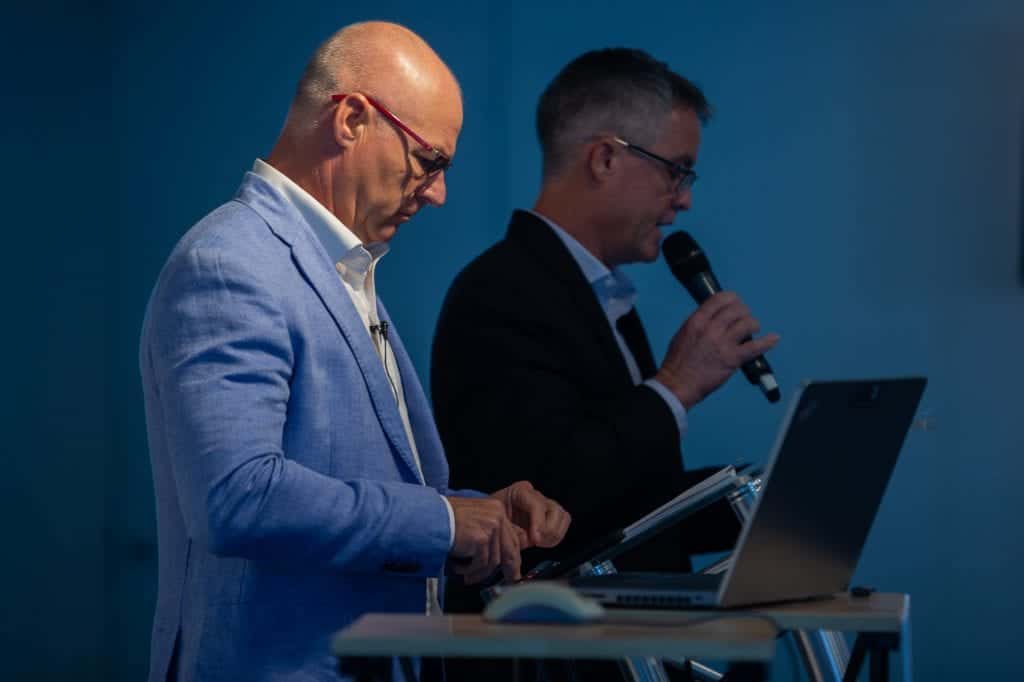
D.I.Y. Brazilian
Something has hit the headlines this week that I would like to chat about before it drops off the radar.
In the early 90’s I spent 4 years on the trading floor of the Sydney Futures Exchange – yes, the one with hundreds of overpaid, testosterone overloaded 20-somethings who spent their day screaming and shouting whilst wiggling strange hand gestures at each other. At 23 I was in my element and on the surface it appeared a great job – get aggressive and get paid.
Problem was every 15 minutes of pure adrenaline was punctuated by days of complete boredom.
So what do 300 bored and brash 20-somethings do when they have to stand around for days on end when trading was quiet?
Well, there was flying paper planes, pin-the-tail on the visitors butt, long lunches and a lot of bluster and banter. It was, after all, the halcyon days of the 90’s and we were a bunch of ‘bankers’.
It was during some of this banter, and highly likely after a long lunch, that the topic of the Brazilian came up.
But not the variety you’re thinking of.
The Brazilian trade.
The Brazilian trade is one that’s impossible to lose on. It really is the Holy Grail. Imagine taking a trade that you knew you couldn’t lose on?
And I’m going to step you through it right here.
[At this point I need you to read the disclaimer at the bottom of this email – the one about “Past results are not indicative of future performance…etc”. I can’t be held responsible for the outcome of this trade should you wish to take it.]
Here we go – the Brazilian trade. The no-loss, Holy Grail of trades.
Step 1:
You need to enter an eye-poppingly large position in a very volatile futures contract. Back in the day we always used the S&P 500 futures, but today you could also use the Hang Seng or Nikkei 225. It doesn’t matter whether it’s a long or short position – you know my thoughts about prediction. Just take a position but it must be a ‘Nick Leeson big’ position. The bigger, the better. Ideally you put this trade on right before a significant economic news release, something like the US Non-Farm Payrolls, or any other event that tends to send the market into a bit of a frenzy.
Step 2:
Once you have initiated the position, take a walk down to the local Flight Centre office and book a one way First Class ticket to Rio de Janeiro in Brazil (or any other non-extradition country). Now the agent will try to sell you a return ticket – that’s their job after all – but politely refuse and stick to the plan (Plan the trade, trade the plan).
Step 3:
Wait for said major economic release.
Of course there are two outcomes here. The first is the market moves in the right direction for your position. You become an instant multi-millionaire and spend the rest of your life with bragging rights. Ideally you should never make another trade again.
The other outcome is the market moves the wrong way, but this too is okay. Take a cab to the airport with your passport and one way First Class ticket and sit back knowing you’ll spend the rest of your life strolling along Copacabana Beach. You may need to get a job pouring beers or washing plates, but who’d complain? You’re in paradise.
Now you probably think I’m pulling your chain – but I’m not. A Goldman Sachs trader pleaded guilty this week to a scheme hiding an $8 billion trade in the S&P 500 futures. $8 billion – whoa! That really is Nick Leeson big.
Problem is technically this wasn’t a Brazilian trade because he only made the trade and didn’t book the ticket. In this case it’s really a Retirement trade instead. The risk with a Retirement trade is that it goes from the wanted ‘no loss’ Brazilian trade to just a 50/50 win/loss bet – and usually you’ll get the wrong side of the coin. When that happens you tend to go to jail like the Goldman Sachs guy, or you’ll be doing plenty of extra work paying back the margin call from your broker.
So what’s the point of this story?
One day you will have a Retirement trade come your way. It may have already been dangled in front of you.
Yes, THE big one.
One came my way back in 1999 (I was only slightly more mature than the trading floor days).
I got a call from a close friend who shall remain nameless as he probably reads these emails. He knew someone who knew someone who thought he knew something about a certain company. This company had some news that was going to be big.
So I placed a Retirement trade.
The big one.
The one that would set me up for life. Not illegal but it was big.
And yes, it went badly wrong.
To this day it remains the largest loss I’ve ever had by far.
So when you dream up your own Retirement trade, or when you get approached by a trusted friend with the ‘no loss’ proposition, just remember one thing…
“What would George Costanza do?”
P.S.- If you missed last weeks comment on “The George Costanza School of Trading” just CLICK HERE.
P.S.S.- As much as the Brazilian trade sounds exciting, it’s not the way to build wealth over the long term. If you’re interested in proper position sizing and risk management, take a look at our 2-week trial over here —>


